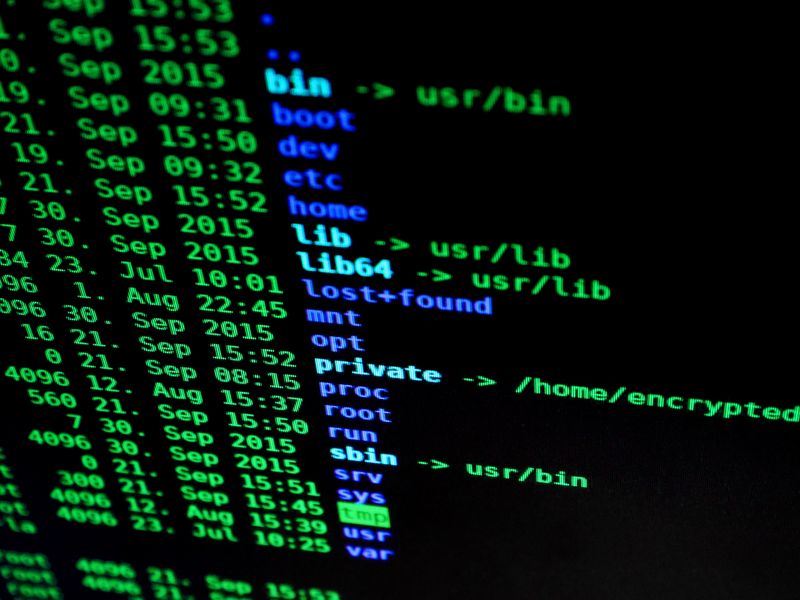The IT Professional’s Blueprint for Compliance
Introduction
In an increasingly digital world, the need to secure sensitive information and comply with industry regulations has become paramount for businesses. IT professionals play a crucial role in ensuring that organizations adhere to various frameworks and standards, such as HIPAA, NIST, CIS-CSC, Essential Eight, and Cyber Essentials. This report aims to provide a comprehensive blueprint for IT professionals to align their practices with these compliance frameworks. Additionally, it will explore the future of technology, including the role of SaaS security and the evolving landscape of cybersecurity.
The Importance of Compliance
Securing Sensitive Data
Compliance frameworks exist to safeguard sensitive data and protect individuals’ privacy. The Health Insurance Portability and Accountability Act (HIPAA) sets standards for protecting health information, ensuring its confidentiality, and limiting unauthorized access. The National Institute of Standards and Technology (NIST) provides guidelines on information security controls, risk management, and continuous monitoring. The Center for Internet Security (CIS) Critical Security Controls (CIS-CSC) outline a set of best practices for secure configuration and data protection. The Essential Eight, developed by the Australian Signals Directorate (ASD), focuses on mitigating cybersecurity incidents. Cyber Essentials, a UK government-backed scheme, emphasizes basic cybersecurity hygiene.
Compliance as a Competitive Advantage
Compliance with these frameworks goes beyond meeting legal obligations; it also serves as a competitive advantage. In today’s data-driven world, companies that demonstrate robust security practices enhance their reputation and build trust with customers. Compliance can be a differentiator in winning contracts and partnerships, especially when dealing with healthcare organizations or government agencies that prioritize data protection. It also mitigates the risk of costly data breaches, regulatory fines, and reputational damage.
The Role of IT Professionals
IT professionals are at the forefront of ensuring compliance with these frameworks. They are responsible for implementing security measures, establishing policies and procedures, conducting risk assessments, and training employees. IT professionals are also instrumental in maintaining and monitoring systems, patching vulnerabilities, and responding to potential incidents. Their expertise and efforts play a critical role in protecting sensitive data and achieving compliance.
The Future of Compliance
The Rise of SaaS Security
Software-as-a-Service (SaaS) has become increasingly popular, allowing organizations to access and use software applications without the need for on-premises infrastructure. However, SaaS solutions bring their own security challenges, particularly regarding data privacy, access controls, and compliance. Going forward, IT professionals must adapt and enhance their strategies to address the unique security considerations associated with SaaS. This may involve thorough vetting of SaaS providers, implementing data encryption, and enforcing strong access controls.
The Evolving Landscape of Cybersecurity
As technology advances, so does the sophistication of cyber threats. IT professionals must stay vigilant and keep pace with the ever-changing threat landscape. They must continually update their knowledge and skills, implement advanced security tools and techniques, and regularly assess and enhance their organization’s security posture. Additionally, collaboration and information-sharing within the cybersecurity community are vital to stay ahead of emerging threats.
Advice for IT Professionals
Continuous Education
Given the rapidly evolving nature of technology and cybersecurity, IT professionals must invest in continuous education and professional development. Staying up to date with the latest compliance frameworks, industry standards, and best practices is crucial. Attending conferences, participating in webinars, and pursuing relevant certifications will help enhance knowledge and demonstrate a commitment to excellence.
Comprehensive Risk Assessments
Regularly conducting comprehensive risk assessments is essential for identifying vulnerabilities and potential threats. IT professionals should engage with stakeholders across the organization to understand business objectives, data handling practices, and potential risks. This information can then be used to develop risk mitigation strategies and prioritize security measures.
Team Collaboration
Building a culture of collaboration and communication within the IT department and across other departments is vital. IT professionals must work closely with legal, compliance, and management teams to ensure alignment and shared understanding of compliance requirements. Regular audits, incident response drills, and training programs should be conducted to foster a proactive and collaborative approach to compliance and security.
Vendor Management and Due Diligence
When selecting and working with technology vendors, IT professionals must exercise due diligence. Evaluating vendors based on their compliance with relevant frameworks, assessing their security controls, and reviewing their incident response capabilities are crucial steps in ensuring a secure partnership. Contracts and service level agreements should include explicit language around data protection and compliance requirements.
Conclusion
Compliance with industry frameworks such as HIPAA, NIST, CIS-CSC, Essential Eight, and Cyber Essentials is a multifaceted task that requires IT professionals to be proactive and adaptable. By securing sensitive data and aligning with these frameworks, organizations can strengthen their reputation, gain a competitive advantage, and mitigate the risk of breaches. As technology rapidly evolves, IT professionals must stay at the forefront of emerging security challenges, such as SaaS security, and continuously invest in their knowledge and skills. With a proactive approach, collaboration, and adherence to best practices, IT professionals can effectively navigate the compliance landscape and ensure the safety of crucial data.

<< photo by ThisIsEngineering >>
The image is for illustrative purposes only and does not depict the actual situation.
You might want to read !
- Academics Develop Groundbreaking System to Safeguard Unmanned Robots from Cyber Intrusion
- Predatory Sparrow: The Resurgence of a Pro-Israeli Hacktivist Group
- Signal Debunks Zero-Day Exploit Claims
- 3 Key Strategies for Fortifying SaaS Security: A Critical Imperative for Businesses
- The Rise of Wing: Revolutionizing SaaS Security with Affordability
- 7 Essential Steps to Safeguard Your SaaS Security
- Embracing Zero Trust: Safeguarding the Cloud Against New Cybersecurity Threats
- Uncovering the Underbelly: Unveiling the ‘EtherHiding’ Malware Campaign on Binance’s Smart Chain
- Mergers and Acquisitions Soar in Q3, 2023 Amidst Rational Valuations
- Blackbaud: A Costly Lesson in Data Breach Accountability
- A Closer Look at Dutch Municipalities’ Response to Security Vulnerabilities
- Cars are a ‘privacy nightmare on wheels’. Here’s how they get away with collecting and sharing your data
Title: “The Dark Side of Mobility: Unraveling the Privacy Intricacies of Car Data Collection”




